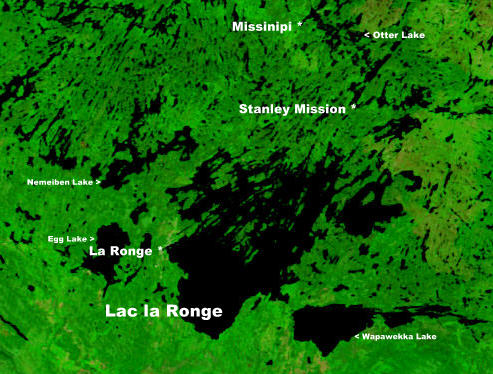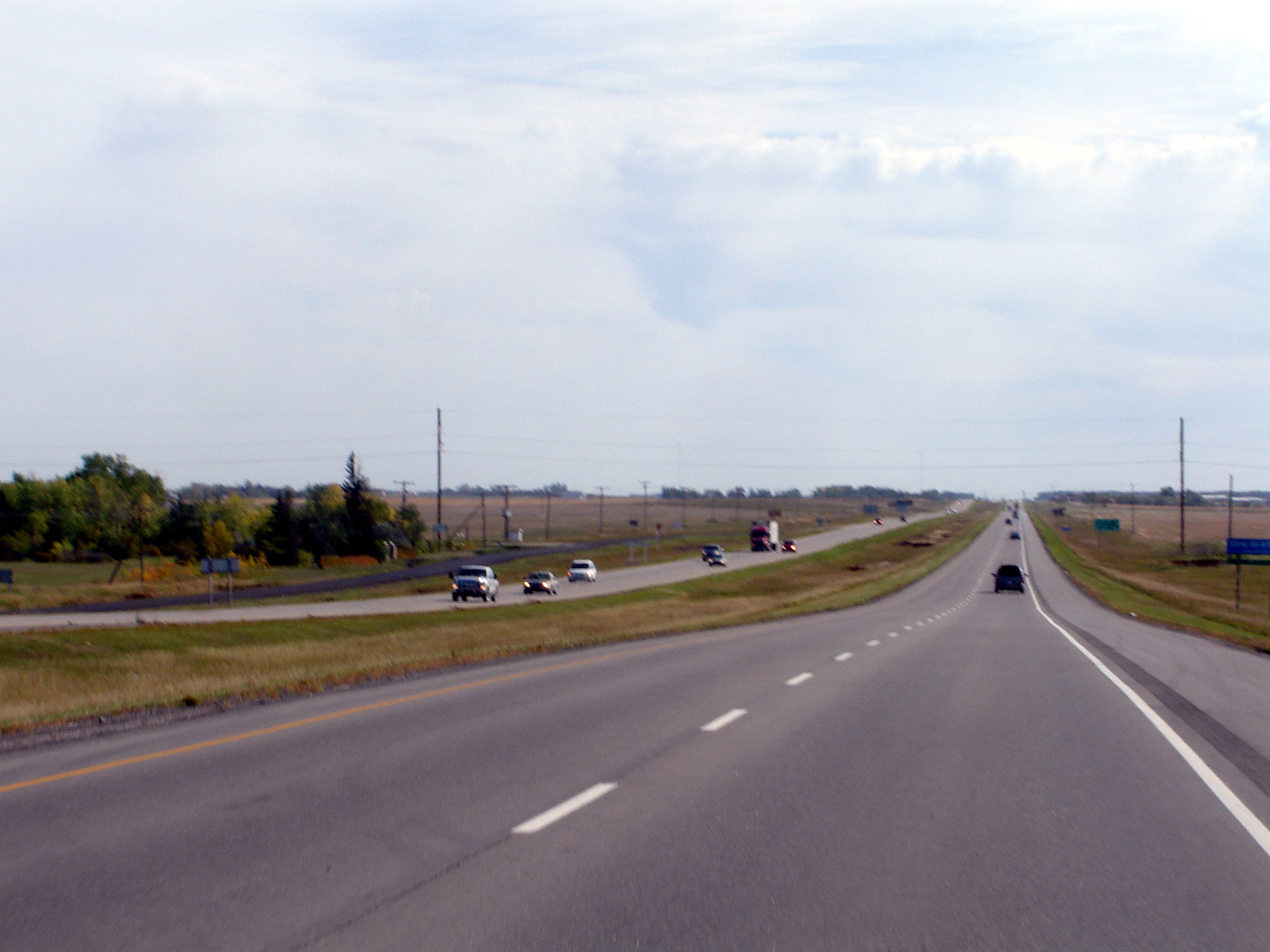|
Saskatchewan Highway 915
Highway 915 is a Numbered highways in Canada, provincial highway in the north-east region of the Provinces and territories of Canada, Canadian province of Saskatchewan. It runs from Saskatchewan Highway 102, Highway 102 to Stanley Mission within the Lac La Ronge First Nation. It is about long. For almost its entire length, Highway 915 lies within the Lac La Ronge Provincial Park. An intersection with Anglo Rouyn Road is about from Highway 102. See also * Roads in Saskatchewan * Transportation in Saskatchewan References Saskatchewan provincial highways, 915 {{Saskatchewan-road-stub ... [...More Info...] [...Related Items...] OR: [Wikipedia] [Google] [Baidu] |
La Ronge, Saskatchewan
La Ronge is a northern town in the boreal forest of central Saskatchewan, Canada. Its location is approximately north of Prince Albert where Highway 2 becomes Highway 102. La Ronge lies on the western shore of Lac la Ronge, is adjacent to Lac La Ronge Provincial Park, and is on the edge of the Canadian Shield. This town is also the namesake of the larger La Ronge population centre comprising the community, the Northern Village of Air Ronge and the Kitsakie 156B and Lac La Ronge 156 reserves of the Lac La Ronge First Nation. History The name of La Ronge comes from the lake. The origin of the name is uncertain; the most likely explanation is that early French fur traders named it ''la ronge'' (literally ''the chewed'') because of the large amount of beaver activity along the shoreline—many of the trees would have been chewed down for beaver dam construction. In 1782, Swiss born fur trader Jean-Étienne Waddens had a fur trade post on Lac La Ronge. In March 1782, Wadde ... [...More Info...] [...Related Items...] OR: [Wikipedia] [Google] [Baidu] |
Stanley Mission
Stanley Mission ( cr, ᐋᒪᒋᐑᐢᐱᒧᐏᓂᕽ, Amachewespimawin) is a First Nations settlement in the boreal forest northern Saskatchewan, Canada. Its location is on the banks of the Churchill River, northeast of the town of La Ronge, north of Prince Albert. Access is provided by Highway 915. The community consists of the northern settlement of Stanley Mission with a population of 124 and Stanley 157, IRI a reserve of the Lac La Ronge Indian Band band government with a population of 1,634. History People have lived in the area for thousands of years. Across the river at the original site of Stanley Mission is Holy Trinity Anglican Church, built between 1854 and 1860. It is the oldest standing building in Saskatchewan. The community was founded in 1851. The name was derived from Stanley Park, a now-former manor house in Selsley, Gloucestershire, England, which had been the home of the wife of the Rev. Robert Hunt, an Anglican missionary. Demographics In the 2021 Ce ... [...More Info...] [...Related Items...] OR: [Wikipedia] [Google] [Baidu] |
Numbered Highways In Canada
Numbered highways in Canada are split by province, and a majority are maintained by their province or territory transportation department. All highways in Canada are numbered except for three in the Northwest Territories, one in Alberta, one in Ontario, and one in Quebec. Ontario's 7000 series are not marked with their highway number but have been assigned one by the Ministry of Transportation. A number of highways in all provinces are better known locally by their name rather than their number. Some highways have additional letters added to their number: A is typically an alternate route, B is typically a business route, and other letters are used for bypass (truck) routes, connector routes, scenic routes, and spur routes. The territory of Nunavut has no highways. Classifications This is a breakdown of the classifications of highways in each province, and an example shield of each classification where available. Trans-Canada The Trans-Canada Highway crosses all provinces o ... [...More Info...] [...Related Items...] OR: [Wikipedia] [Google] [Baidu] |
Provinces And Territories Of Canada
Within the geographical areas of Canada, the ten provinces and three territories are sub-national administrative divisions under the jurisdiction of the Canadian Constitution. In the 1867 Canadian Confederation, three provinces of British North America—New Brunswick, Nova Scotia, and the Province of Canada (which upon Confederation was divided into Ontario and Quebec)—united to form a federation, becoming a fully independent country over the next century. Over its history, Canada's international borders have changed several times as it has added territories and provinces, making it the world's second-largest country by area. The major difference between a Canadian province and a territory is that provinces receive their power and authority from the ''Constitution Act, 1867'' (formerly called the ''British North America Act, 1867''), whereas territorial governments are creatures of statute with powers delegated to them by the Parliament of Canada. The powers flowing from t ... [...More Info...] [...Related Items...] OR: [Wikipedia] [Google] [Baidu] |
Saskatchewan
Saskatchewan ( ; ) is a Provinces and territories of Canada, province in Western Canada, western Canada, bordered on the west by Alberta, on the north by the Northwest Territories, on the east by Manitoba, to the northeast by Nunavut, and on the south by the United States, U.S. states of Montana and North Dakota. Saskatchewan and Alberta are the only landlocked provinces of Canada. In 2022, Saskatchewan's population was estimated at 1,205,119. Nearly 10% of Saskatchewan’s total area of is fresh water, mostly rivers, reservoirs and List of lakes in Saskatchewan, lakes. Residents primarily live in the southern prairie half of the province, while the northern half is mostly forested and sparsely populated. Roughly half live in the province's largest city Saskatoon or the provincial capital Regina, Saskatchewan, Regina. Other notable cities include Prince Albert, Saskatchewan, Prince Albert, Moose Jaw, Yorkton, Swift Current, North Battleford, Melfort, Saskatchewan, Melfort, and ... [...More Info...] [...Related Items...] OR: [Wikipedia] [Google] [Baidu] |
Saskatchewan Highway 102
{{Saskatchewan-road-stub ...
Highway 102 is a highway in the Canadian province of Saskatchewan. It runs from Highway 2 (the northern part of the CanAm Highway) at La Ronge and Lac La Ronge Provincial Park to Southend, at Reindeer Lake. Highway 102 is about long, the majority of which is gravel surface. Major intersections From south to north. The entire route is in the Northern Saskatchewan Administration District and Division No. 18. See also *Roads in Saskatchewan *Transportation in Saskatchewan References External links Lac La Ronge Provincial Park 102 102 may refer to: * 102 (number), the number * AD 102, a year in the 2nd century AD * 102 BC, a year in the 2nd century BC * 102 (ambulance service), an emergency medical transport service in Uttar Pradesh, India * 102 (Clyde) Field Squadron, Royal ... [...More Info...] [...Related Items...] OR: [Wikipedia] [Google] [Baidu] |
Lac La Ronge First Nation
The Lac La Ronge Indian Band ( cr, ᒥᐢᑕᐦᐃ ᓵᑲᐦᐃᑲᓂᕽ, mistahi-sâkahikanihk) is a Woodland Cree First Nation in northern Saskatchewan, it is the largest Cree band government in Canada and the largest First Nation in Saskatchewan. The administrative centre of the Lac La Ronge Indian Band is located in La Ronge. History La Ronge & Stanley Mission Band of Woods Cree Indians became a signatory to the Treaty 6 on February 11, 1889, signed by Chief James Roberts. In 1900 Peter Ballantyne was allowed to separate from the La Ronge and Stanley Mission Band to form the Peter Ballantyne Band of Cree Indians, the predecessor to the Peter Ballantyne Cree Nation. In 1910, the La Ronge & Stanley Mission Band split into two entities: Amos Charles Band of Cree Indians (located in Stanley Mission) and the James Roberts Band of Cree Indians (located in La Ronge). In 1950, the two Bands amalgamated and became the Lac La Ronge Indian Band, the current legal name. Reserves and ... [...More Info...] [...Related Items...] OR: [Wikipedia] [Google] [Baidu] |
Lac La Ronge Provincial Park
Lac La Ronge Provincial Park is located in the boreal forest of the north central part of the Canadian province of Saskatchewan within the Canadian Shield. Situated in the Churchill River system, this provincial park has close to 100 lakes and more than 30 canoe routes, many of which follow old fur trade routes. Summer activities include camping, hiking, boating, fishing, and swimming. In the winter, there's cross-country skiing, snowmobiling, and ice fishing. Saskatchewan's highest waterfall is in the park. Nistowiak Falls are located north of Lac La Ronge along the Rapid River. A little more than half of Lac La Ronge Provincial Park's area is water with Lac la Ronge being the largest lake. The park boundary begins on the western shore of Lac la Ronge at La Ronge and extends north to the Churchill River. Highway 102 forms this western boundary with one exception. 13 km (8 miles) north of the town of La Ronge the park goes further west to include a section of Nemeibe ... [...More Info...] [...Related Items...] OR: [Wikipedia] [Google] [Baidu] |
Roads In Saskatchewan
Saskatchewan, the middle of Canada's three prairie provinces, has an area of and population of 1,150,632 (according to 2016 estimates), mostly living in the southern half of the province. Currently Ministry of Highways and Infrastructure operates over 26,000 km of highways and divided highways, over 800 bridges, 12 separate ferries, one barge. There are also municipal roads which comprise different surfaces. Asphalt concrete pavements comprise almost 9,000 km, granular pavement almost 5,000 km, non structural or thin membrane surface TMS are close to 7,000 km and finally gravel highways make up over 5,600 km through the province. TMS roads are maintained by the provincial government department: Saskatchewan Highways and Transportation. In the northern sector, ice roads which can only be navigated in the winter months comprise another approximately 150 km of travel. Dirt roads also still exist in rural areas and would be maintained by the local resi ... [...More Info...] [...Related Items...] OR: [Wikipedia] [Google] [Baidu] |
Transportation In Saskatchewan
Transport in Saskatchewan includes an infrastructure system of roads, highways, freeways, airports, ferries, pipelines, trails, waterways, and railway systems serving a population of approximately 1,098,352 (according to 2016 census) inhabitants year-round. It is funded primarily with local, rural municipality, and federal government funds. History Early European settlers and explorers in Canada introduced the wheel to North America's Aboriginal peoples, who relied on canoes, york boat, bateaux, and kayaks, in addition to the snowshoe, toboggan, and sled in winter. Europeans adopted these technologies as Europeans pushed deeper into the continent's interior, and were thus able to travel via the waterways that fed from the St. Lawrence River Great Lakes route and Hudson Bay Churchill River route and then across land to Saskatchewan. In the 19th century and early 20th century transportation relied on harnessing oxen to Red River carts or horse to wagon. Maritime transportatio ... [...More Info...] [...Related Items...] OR: [Wikipedia] [Google] [Baidu] |



